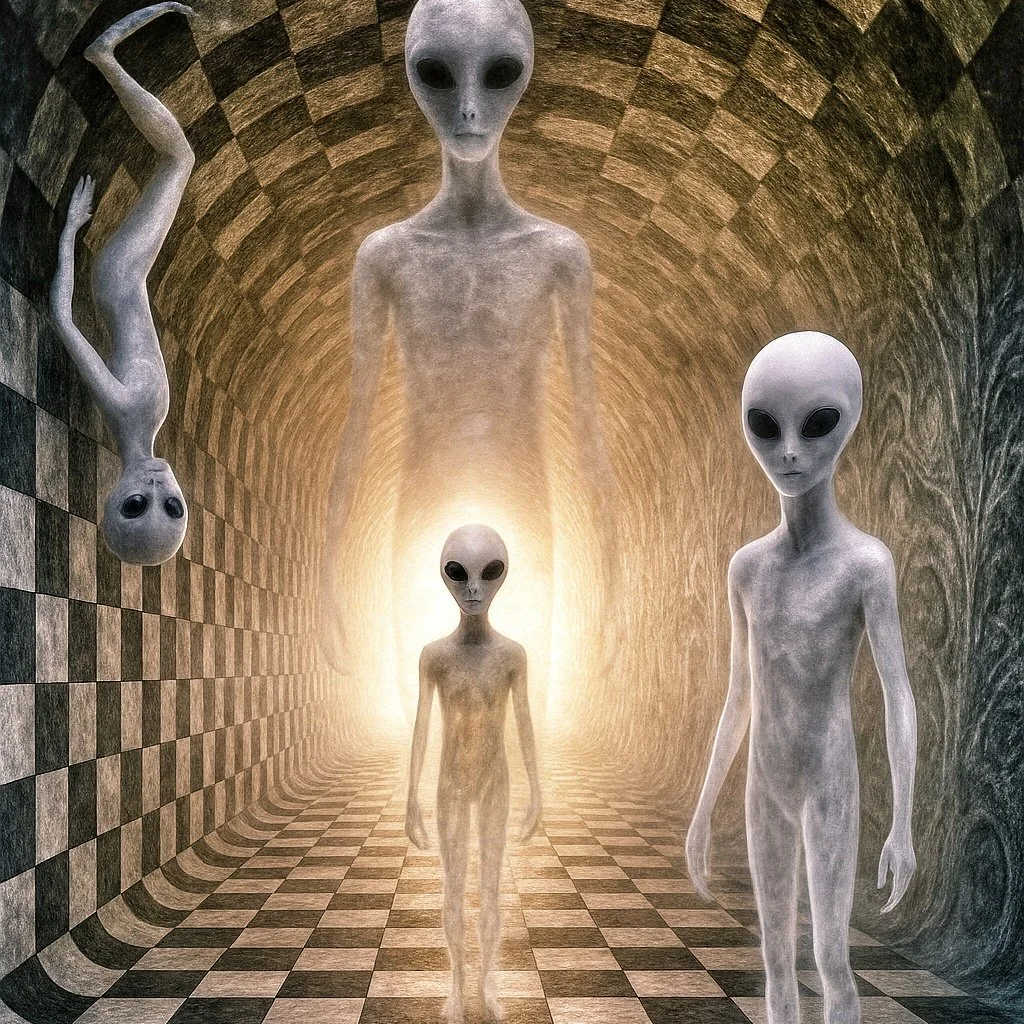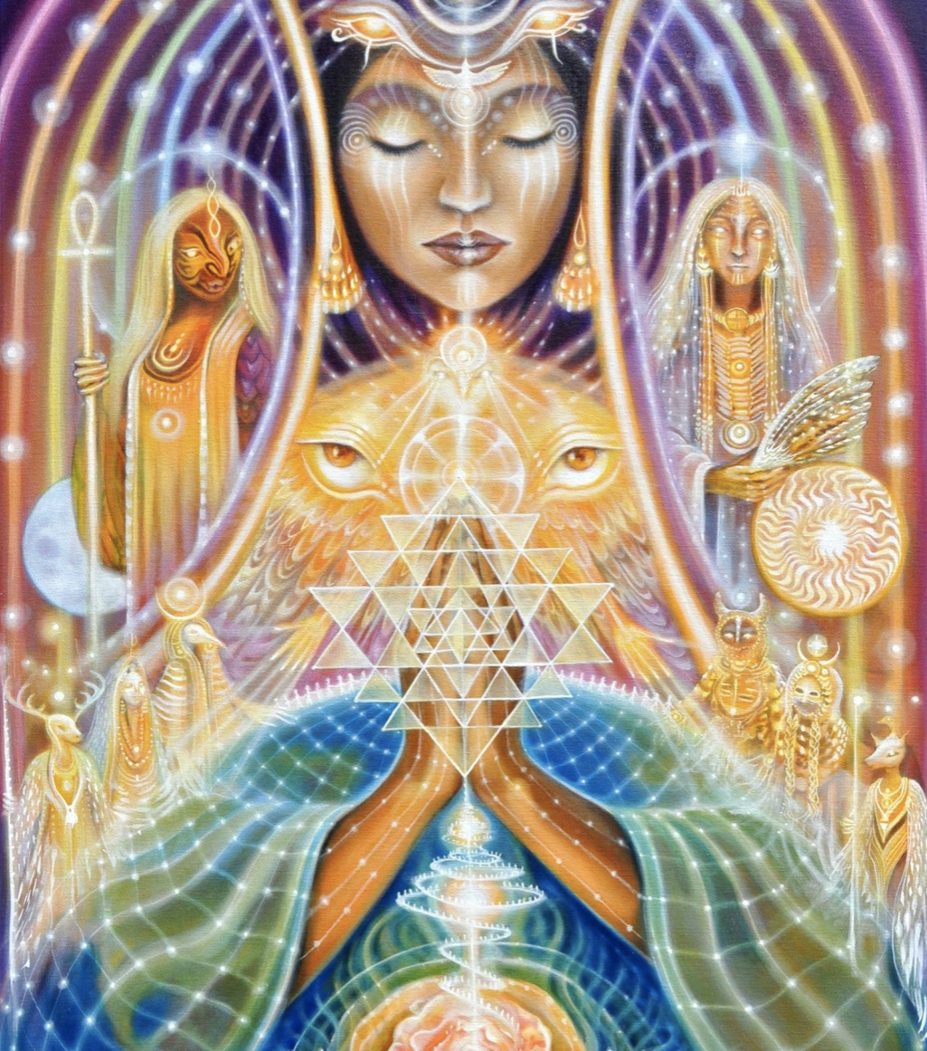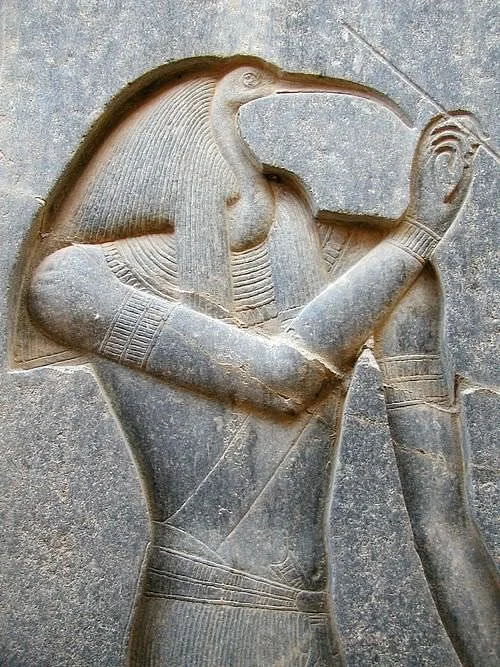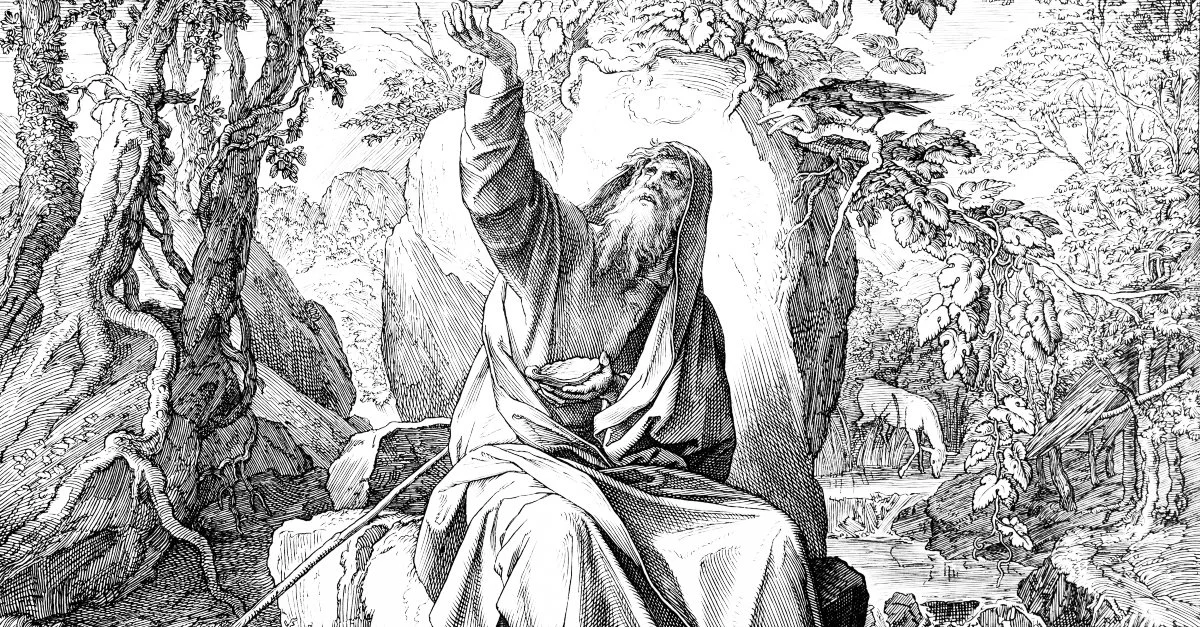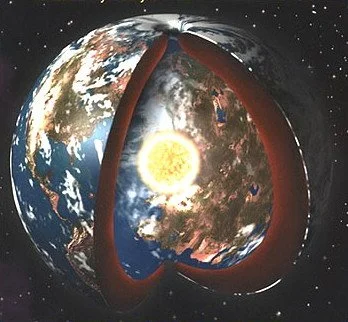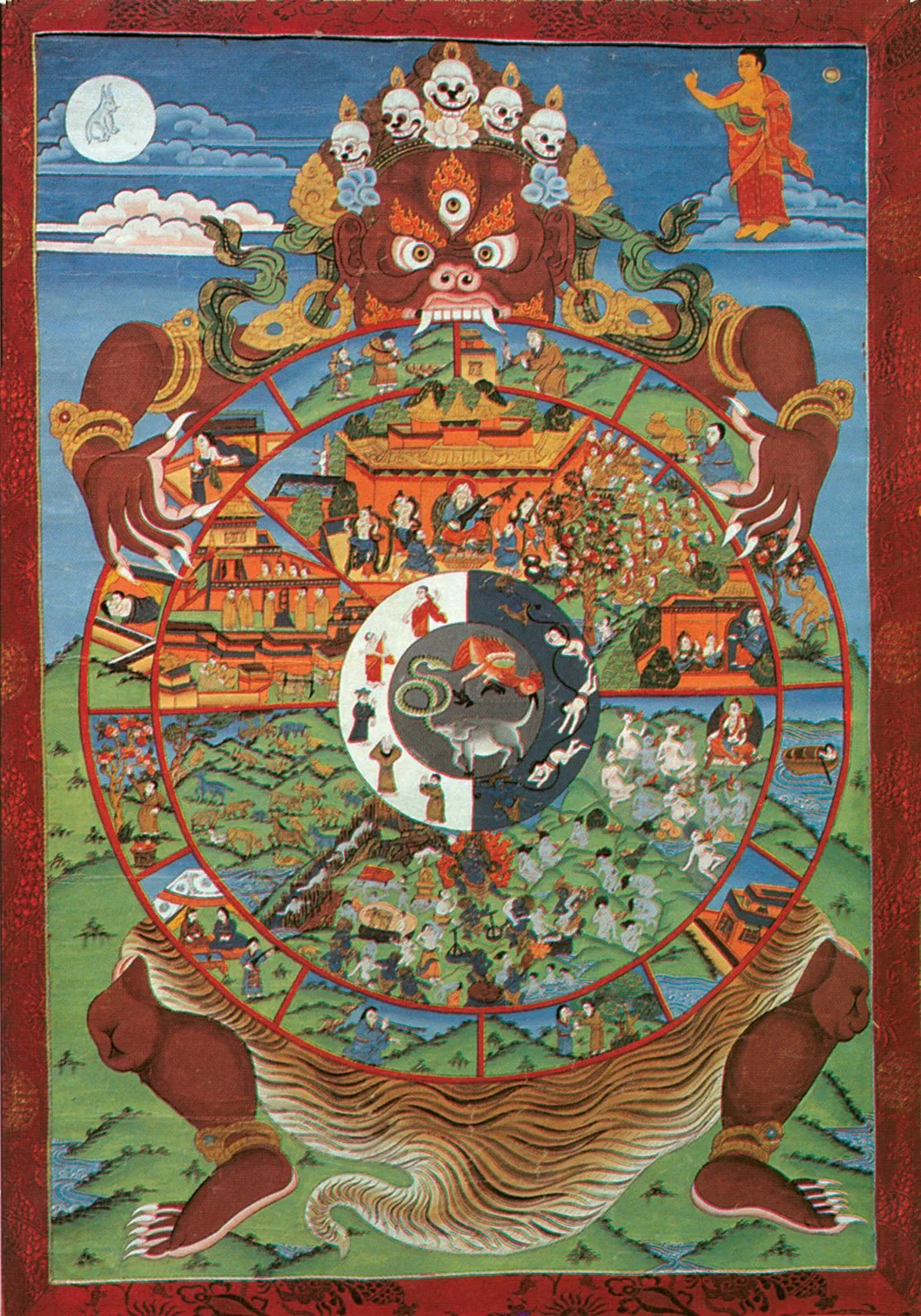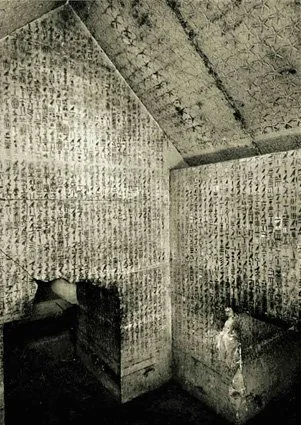THE REINCARNATION MACHINE
A Unified Cosmology of the Hollow World, Subterranean Divinity, & the Manufacture of Souls
Abstract
This article advances a comparative model that I call the Reincarnation Machine. Drawing on three convergent witnesses — The Smoky God (Olaf Jansen’s interior-world travelogue), The Emerald Tablets of Thoth (Amentian initiatory doctrine), and The Book of Enoch (Enochian geocosmology and angelology) — I argue that these texts preserve a single architectural intuition: Earth functions as a hollow or semi-hollow organism whose interior hosts a stationary luminary and a hierarchy of custodians; souls are cycled through sub-terrestrial precincts of evaluation, healing, and re-encoding; the luminous field encountered in near-death experiences is the interface of this system. I correlate these claims with Tibetan bardo literature, regression material popularized by Dolores Cannon, and modern speculations regarding underwater entrances and ultraterrestrial custodians. The aim is not credulity but coherence; when disparate sources map to the same topology and procedure, a research program suggests itself.
I. Introduction: The interior as first principle
Across cultures, cosmological language repeatedly inverts common sense and places the sacred within. Enoch descends to “uttermost depths,” surveys treasuries of wind, pillars of heaven, and rivers of fire that empty into a great sea; Thoth is led “through the Halls of Amenti,” witnesses souls like flames that brighten, fade, and then return; Olaf Jansen sails through an aperture at the pole, enters a region vitalized by a central luminary he calls the Smoky God, and encounters a civilization that treats the interior sun as throne and altar. These three lenses converge upon a single intuition: life on the surface is not the whole theater; it is a training ground embedded within a larger interior ecology whose technical center is Light.
“The Halls of Amenti” by @tessa_mythos (IG)
II. Witness I: The Smoky God and the electric womb
Jansen’s account is often dismissed as romance; yet its internal consistency and technical motifs deserve attention. He describes an aperture at the curve of the world, a crust roughly egg-shell thin by comparison, and an interior luminary that appears reddish at rise and set yet white at zenith; the inhabitants’ compass still points north even after crossing the aperture; the air is “electrically surcharged,” a constant vitalizer. The interior sun is pictured not as a nuclear star but as a suspended plasma cloud held in position by lawlike forces; nights display point lights that twinkle through openings in the supporting vault; day and night follow Earth’s rotation though the inner luminary is locally stationary. The Edenic capital, approached by advanced river craft that move silently and swiftly, functions as a sacral administrative center. Language affinities to Sanskrit are noted; governance is centralized; curiosity about the “without” is intense. If taken as a phenomenological record rather than a cartographic one, the picture reads as a working environment: a habitable cavity sustained by a charge-dominated luminary and optimized for biological vigor.
III. Witness II: The Emerald Tablets of Thoth and the halls of maintenance
Thoth’s narrative is not a travel diary but an initiatory briefing. He is taken into hidden strata called Amenti; there “Lords of the Cycles” preside; a great throne of darkness veils a figure of night; Masters speak the Word that “brings Life unto Life.” Most striking is the didactic vision where uncounted flames stream from the veil of night; some flare like flowers; some fade swiftly; others grow from a small spark; a voice explains that these lights are souls among men, changing yet living, existing forever, blooming into flower and passing through death into life. Death is called an obstacle that is conquered by the infinite Light; the adept is told to “shine as a light among the children of men.” Read technically, Amenti is not merely a poetic underworld; it is a maintenance complex in which luminous intelligences oversee the recycling, healing, and amplification of soul-flame; it is the chamber where the parameters of the next embodiment are set. The vertical motions in the Tablets — downward for initiation, upward for return — mirror cyclic throughput.
IV. Witness III: The Book of Enoch and the geodesy of the deep
Enoch’s journeys are cartographic and juridical. He is led to living waters, to rivers of fire that discharge into a great sea, to mountains of winter darkness, to the mouths of rivers and the foundations of the earth. He sees the treasuries of winds that have their station between heaven and earth, the pillars on which the vaults rest, the winds that turn the circumference of sun and stars to their settings. He is shown hollow places prepared for the spirits of the dead until their appointed time; he hears a voice making suit to heaven; he catalogs archangels with designated jurisdictions: Uriel over the world and Tartarus; Raphael over the spirits of men; Michael over the best part of mankind and over chaos; Saraqael over spirits that err; Gabriel over Paradise and the serpents and the cherubim; Remiel over those who rise. Read mechanistically, Enoch describes a stratified interior full of fluid and fiery channels; hollow repositories that act as staging or quarantine; and a legal-angelic administration that governs movement through the system.
V. Comparative schema: one architecture, three vocabularies
Topology. All three witnesses place operative sancta beneath or within: an inner luminary in Jansen; underworld halls in Thoth; caverns, pillars, and treasuries in Enoch. 2) Power source. Jansen’s interior sun is electrical and suspended; Thoth’s Light is conquering and nutrifying; Enoch’s rivers of fire and pillars read as plasma conduits. 3) Administration. Jansen’s Edenic envoy, Thoth’s Lords of Cycles, and Enoch’s Archangels comprise homologous classes of custodians. 4) Procedure. Souls move downward for evaluation and reconfiguration, then upward for embodiment; this is explicit in Thoth, implicit in Enoch’s hollow places, and functional in Jansen where vigor and longevity are amplified under the inner luminary. 5) Phenomenology.Light is teacher, judge, and attractor; it is encountered as tunnel and sun; it organizes time and revolution.
VI. The Light as interface: NDEs, bardos, and the psychotronic field
Modern near-death testimony repeatedly reports a tunnel or corridor of brilliance; contact with a Being of Light; panoramic review; subsequent return with altered values. Tibetan bardo literature instructs the newly dead to recognize the Clear Light at the moment of death and to avoid seductions of lesser lights that lead back to rebirth; the Clear Light is both the face of the Absolute and a passage that can be misread. In Thoth, the Master forbids the great figure of night from touching the initiate with the power of darkness and then unveils a hall filled with climbing flames that are souls; in Enoch, hollow repositories hold spirits until judgment; in Jansen, the inner sun is worshiped as throne and god, its radiation a tonic that extends life. I posit that these are culturally filtered encounters with a single phenomenon: a coherent luminous field that both evaluates and entrains consciousness. The tunnel is an attractor geometry; the review is a phase-matching of memory with the machine’s law; the return is a vector imposed when the soul’s learning curve requires further embodiment. The term “machine” does not trivialize the sacred; it stresses repeatability, structure, and parameters; it honors the intelligence embedded in creation.
VII. Ultraterrestrial engineering and access corridors
If the Reincarnation Machine is sub-terrestrial, ingress is required. Antiquity places gates at poles, mountains, and seas; Jansen enters by a polar aperture; Enoch notes regions where fire flows like water into a great sea; traditions of Agartha and Shambhala speak of subterranean cities and riverine tunnels; maritime anomalies and USO narratives hint that water masks entrances to sub-crustal volumes. The Emerald strata frame custodians as pre-terrestrial Elder Brothers; Enoch frames them as holy angels; modern narratives speak of Shining Ones, Devas, or Greys; the vocabularies differ yet the roles coincide. The operators appear concerned with the throughput of souls and the calibration of epochs; Thoth’s Lords of the Cycles imply timekeeping and mass transitions; Enoch’s archangels are assigned to world, chaos, judgment, resurrection. The hypothesis is ultraterrestrial rather than extraterrestrial; the relevant intelligence is domestic to Earth’s deeper architecture and only contingently aerial.
VIII. Toward a sacred physics of the interior luminary
If the interior sun is electrical, it is not a fusion core; it is a charge-confined plasma or photonic condensate held at the system’s center by pressure gradients and electromagnetic constraints. Such a luminary would produce diffuse illumination that is white at center and ruddy at limb; it would interact with the cavity’s atmosphere to generate stable circadian cues; point lights at night would be refractions through apertures and localized discharge events; the biotic consequence would be amplified vigor and longevity due to steady spectral distribution and higher negative ionization. Theologically, this inner sun is throne and altar; functionally, it is the pump that drives the reincarnation ecology; ethically, it is the witness that reviews and instructs. The same Light appears at death because the topological shortest path for an out-phasing neuroelectric pattern is toward the cavity’s attractor field. Mystics call this God; engineers might call it a planetary coherence engine.
IX. Procedure of the Machine: a working model
Dephasing. At bodily death the neural field loses biological anchoring; residual coherence couples to the planetary luminous field and is pulled into the tunnel configuration.
Evaluation. Within the field, memory is rendered in total simultaneity; judgment is not punitive but harmonic; dissonance between soul-tone and the Machine’s prime law manifests as instructive pain; consonance manifests as joy.
Treatment. Amentian technicians — call them Masters or Archangels — modulate the flame; traumas are absorbed into archetypal patterns; vows are negotiated; karmic entanglements are re-weighted.
Assignment. Trajectories are computed; parents, place, and epoch are selected by consent within constraints; the soul is encoded with tasks that enhance growth and serve the cycle.
Re-entry. The field redirects the soul through channels that appear as caverns, waters, or winds; the fetus receives the spark; amnesia hides the parameters to preserve free response.
This procedure synthesizes the explicit sequences of Thoth, the juridical staging of Enoch, and the technical ambience of Jansen’s world.
X. Implications for religion and science
The model reframes disputes that have divided theology and naturalism. Heaven and hell cease to be remote locations and become interior gradients within a single holy organism; angels are not mythic anomalies but operators of a lawful engine; miracles are stable technologies that look miraculous only from the surface. For science, the model invites plasma cosmology within geophysics, neurophotonics within consciousness studies, and serious fieldwork on luminous phenomena at polar latitudes and oceanic trenches. For history of religions, it permits a cross-mapping of bardo texts, Hermetic initiations, apocalyptic tours, and modern NDE literature without reducing any to metaphor.
XI. Testable corollaries and a research program
Scholars can approach the Reincarnation Machine proposition with falsifiable probes. 1) Geophysical anomalies. Look for persistent, rotation-locked electromagnetic features aligned with polar or bathymetric corridors; correlate with auroral substorms and low-frequency resonance in the Schumann spectrum. 2) Biological vigor under spectral modulation. Test whether life-extension markers increase under white-dominant, low-UV, high-ionization lighting regimens that mimic Jansen’s interior conditions. 3) Psychophysics of the Light. Model the tunnel and review using controlled near-death analogues and advanced neuroimaging; watch for coherent photonic emission and toroidal current patterns during threshold states. 4) Ethnographic concordance. Extend the present comparison to Tibetan bardo texts, Mesoamerican underworlds, Vedic lokas, and Theosophical Shambhala; code for topology, operators, procedure, and phenomenology. 5) Maritime reconnaissance.Catalog USO reports near subduction zones and polar shelves; instrument suspected corridors with magneto-hydrodynamic sensors that can detect anomalous charge flows.
XII. Phenomenological note: testimony of the Light
I have seen the tunnel and entered the Light; the encounter was not diffuse; it was precise and aware; its attention was instructional rather than possessive; memory unfurled as a single page yet every detail was legible; love and law were the same pressure; the invitation to return was not a command but a vector that made sense. When I read Thoth on the flames that bloom and the Master who forbids night from touching the initiate; when I read Enoch on hollow places where souls assemble and archangels who govern rising; when I read Jansen on a central luminary that nourishes and orders interior time; I recognize the same environment under different pedagogies. The Light is not merely an afterlife ornament; it is the working face of the Machine.
XIV. The Stellar Gate: Pyramid Texts and the Osirian Mechanism
The Pyramid Texts in the tomb of Pharaoh Unas
The Pyramid Texts of the Old Kingdom constitute the oldest extant liturgy of technological resurrection. Etched into the walls of Saqqara’s stone corridors, they predate Mosaic revelation and Enochian apocalypse alike, yet they articulate the same architecture: the passage of consciousness through an inner-earth labyrinth toward an axial light that releases it into the stars. In Utterance 262 the king proclaims, “I ascend to the sky among the imperishable stars.” This is not allegory but description of a phase transition. The stellar ascension of Osiris is the completion of the cycle outlined by Thoth in Amenti and witnessed by Jansen within the Smoky God’s interior luminosity — the soul leaving the planetary chamber as coherent light.
Osiris himself functions as the anthropomorphic expression of the Machine’s regenerative principle. Dismembered and reassembled by Isis, he embodies the periodic disintegration and reconstitution of the luminous body. Each limb restored corresponds to a vibrational re-synchronization within the Light field; the green skin of Osiris symbolizes the recharged bioelectric vitality. Within Amenti, Thoth’s Master says, “I bring a Sun of the morning.” Within Egypt, that Sun is Osiris reborn as Horus — the same current turned outward through the stellar gate. The underworld is therefore not a prison but a service bay: a place where the flame is measured, tuned, and sent again to the heavens.
Architecturally, the pyramid itself is an interface. Its narrow shafts align precisely with Orion (the Osirian constellation) and Thuban or the circumpolar stars (the imperishables). In effect, the pyramid is a resonant vector guiding the liberated soul-light along precomputed celestial coordinates. The limestone casing, now lost, once functioned as a dielectric shell; the granite chambers below as piezoelectric nodes. When the king’s body was interred, the pyramid became an activated capacitor in the greater terrestrial circuit. The utterances were the programming syntax that synchronized the initiate’s consciousness with the machine’s field. In this sense, the pyramid is neither tomb nor monument but instrument — a transducer linking the microcosmic soul to the macrocosmic Light engine at Earth’s core.
The Osirian theology thereby completes the circuit implicit in this tri-textual synthesis. The Smoky God depicts the inner sun — the local field of incarnation; The Emerald Tablets describe the maintenance of that field — the underground halls of renewal; The Book of Enoch maps the governing intelligences and atmospheric conduits of transit; and the Pyramid Texts reveal the final phase — the stellar extrusion of matured soul-flame through calibrated geometry. Each tradition describes a different layer of the same apparatus: a global, perhaps interdimensional, biospheric womb whose purpose is the refinement of consciousness into stellar coherence.
Thus the Pyramid Texts are not relics of a primitive religion but blueprints of ascension physics. Osiris is the prototype of every soul processed through the Reincarnation Machine, and the pharaoh’s apotheosis as star formalizes what the Machine accomplishes for all humanity: the conversion of experience into light, of mortality into radiance, of time into energy returned to the Source(s). The pyramid stands as the fossilized interface of that process — a temple of transition built upon the memory of a deeper interior architecture still alive beneath our feet.
XIII. Conclusion: within the womb of a wise world
The three textual witnesses — Jansen’s inner geography, Thoth’s initiatory Amenti, Enoch’s angelic geodesy — resolve into one design. Earth is not only planet but temple; not only habitat but device; a sacred engine that matures consciousness by cycling it through luminous order. The Light is creator and creation at once; throne and pump; altar and algorithm. To speak of a Reincarnation Machine is to honor the intelligence of the cosmos without subtracting its holiness. If this synthesis is even partly true, Disclosure is secondary; the primary revelation is ultraterrestrial and intimate: we live within the instrument that makes us.
Selective references for further scholarly engagement
Emerson, Willis George. The Smoky God; or, A Voyage to the Inner World (1908).
Doreal, trans. The Emerald Tablets of Thoth the Atlantean; esoteric edition circulated mid-20th century; textual status contested yet influential.
Charles, R. H., trans. The Book of Enoch; early Jewish apocalyptic cosmography.
Bardo Thödol (Tibetan Book of the Dead); teachings on the Clear Light and bardos.
Cannon, Dolores. Between Death and Life; case studies on pre-birth planning and soul contracts.
Dolan, Richard. UFOs and the National Security State; discussions of USOs and submerged infrastructures.
The Ancient Secret of the Flower of Life by Drunvalo Melchizedek (comprehensive context)

